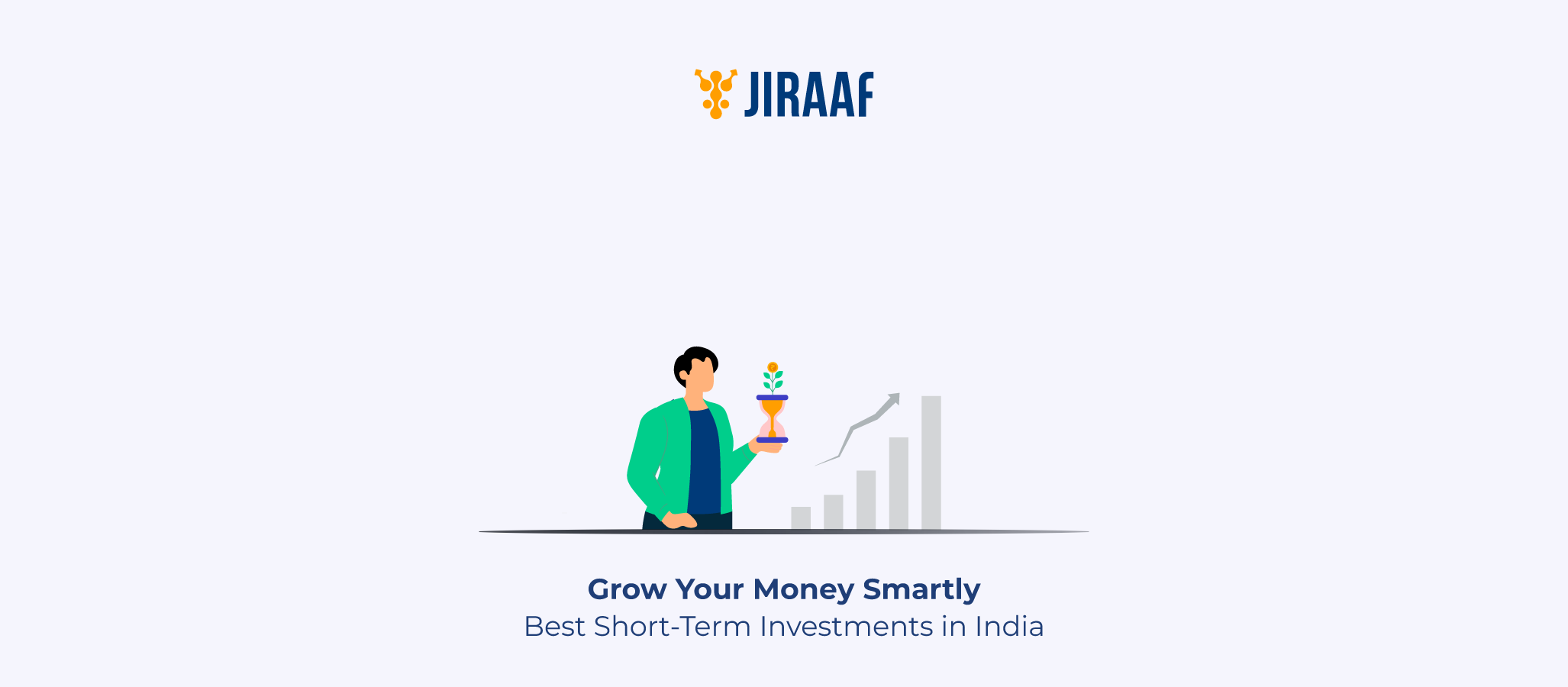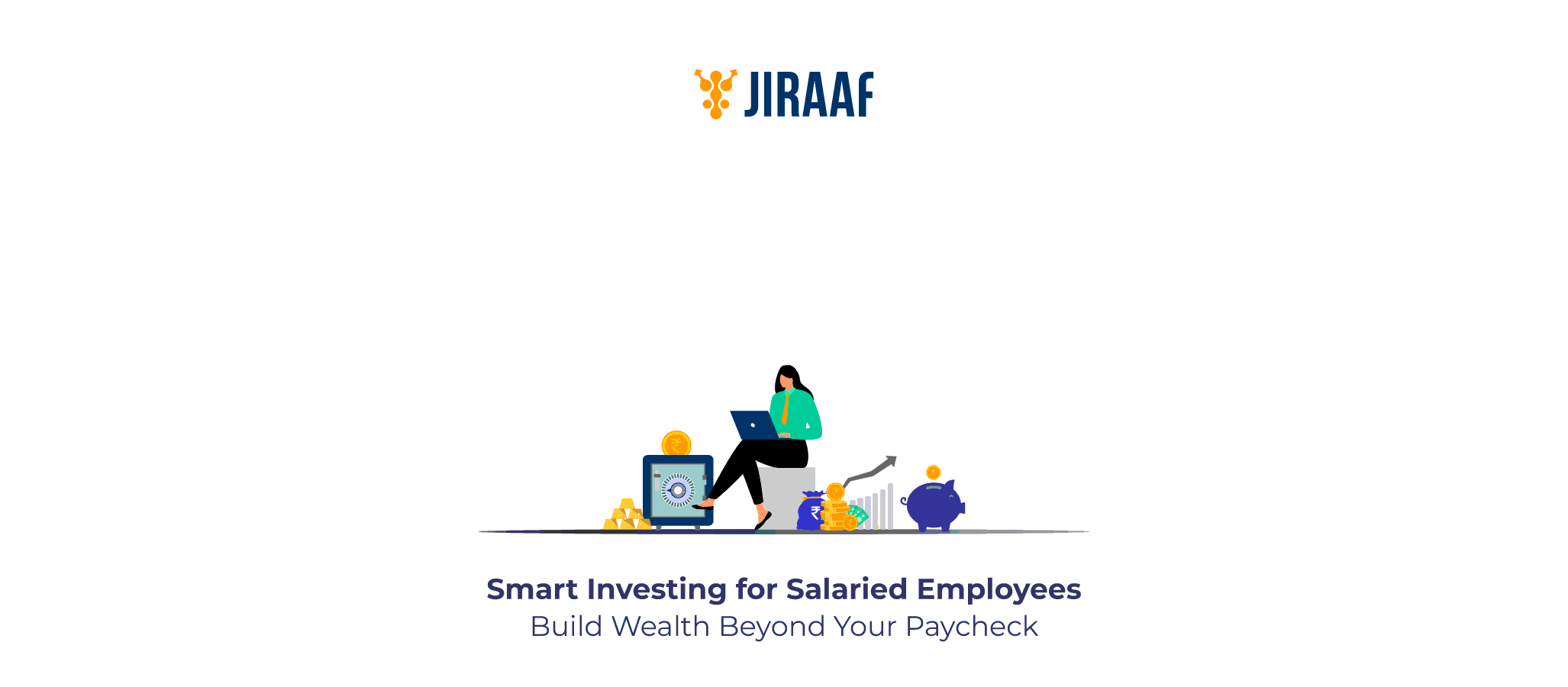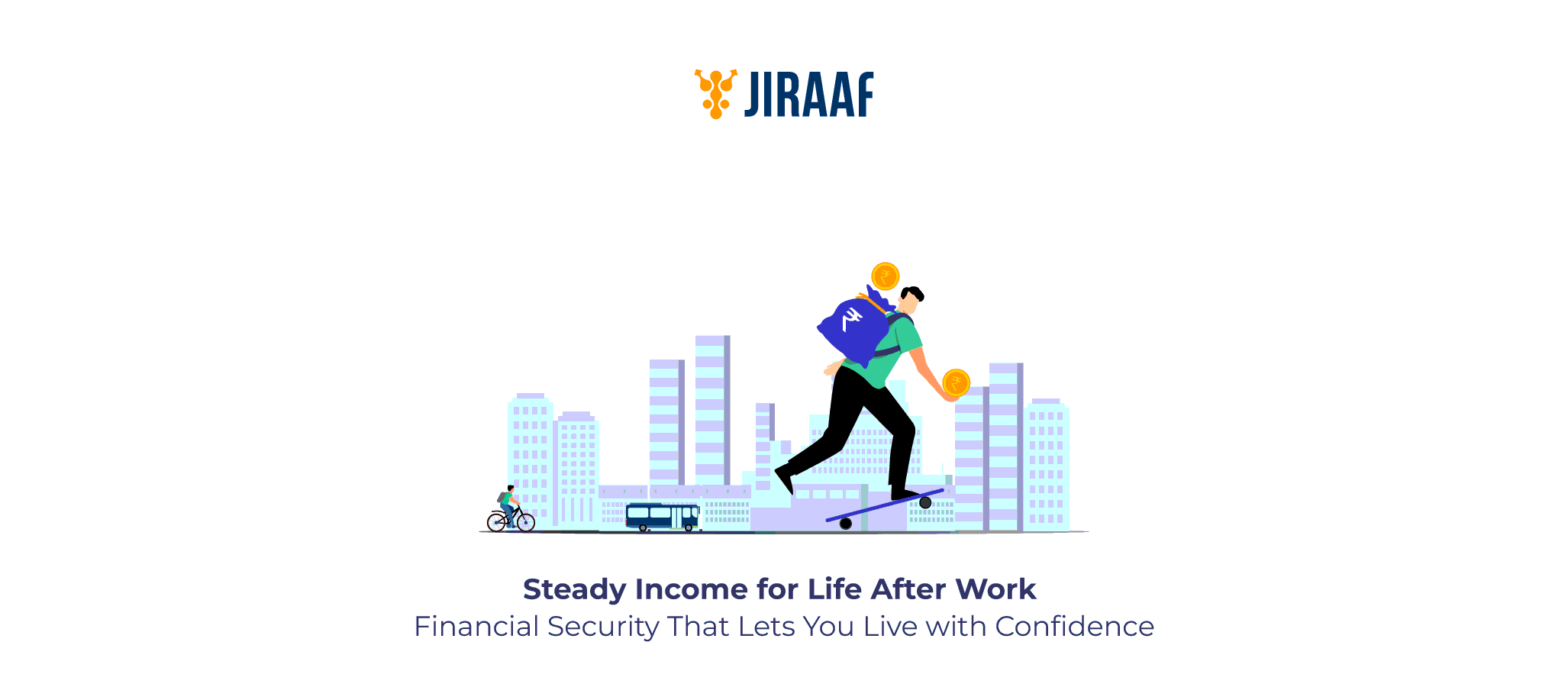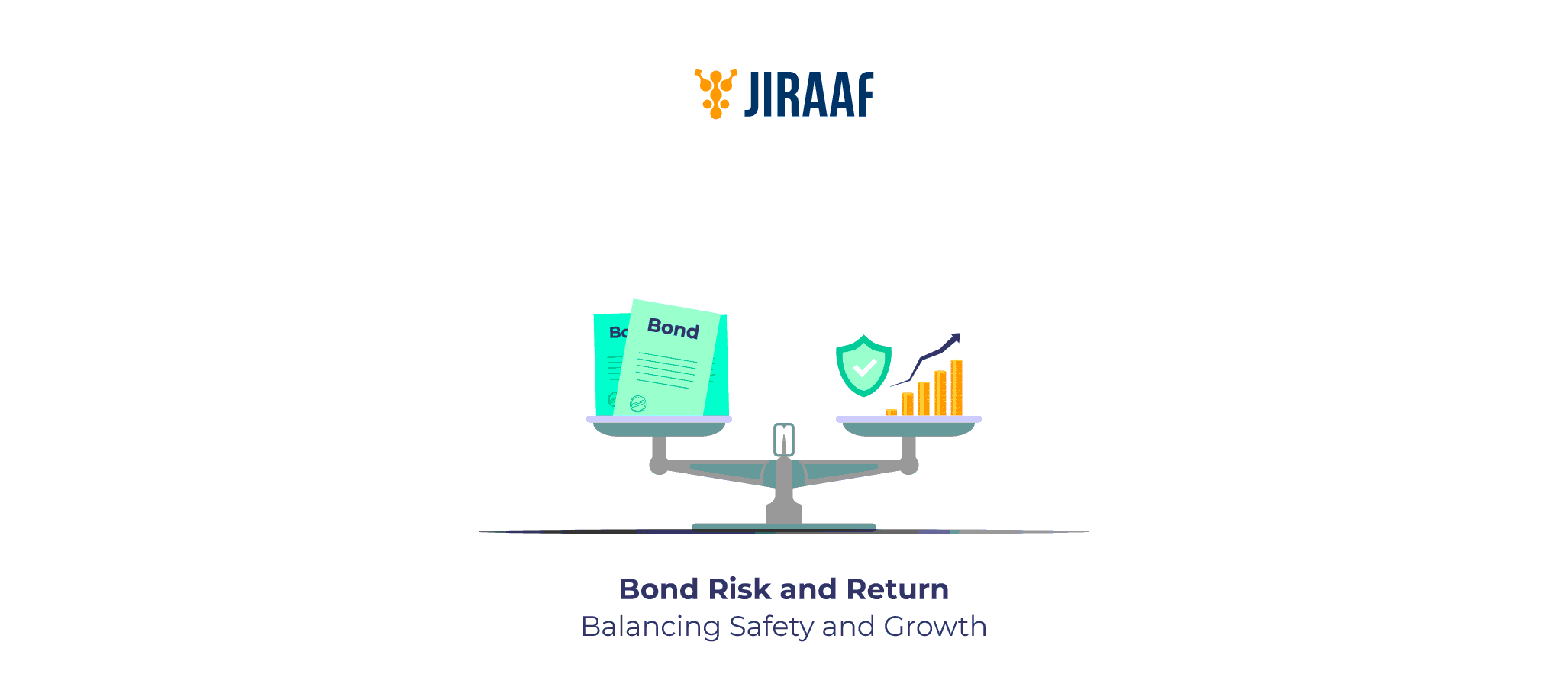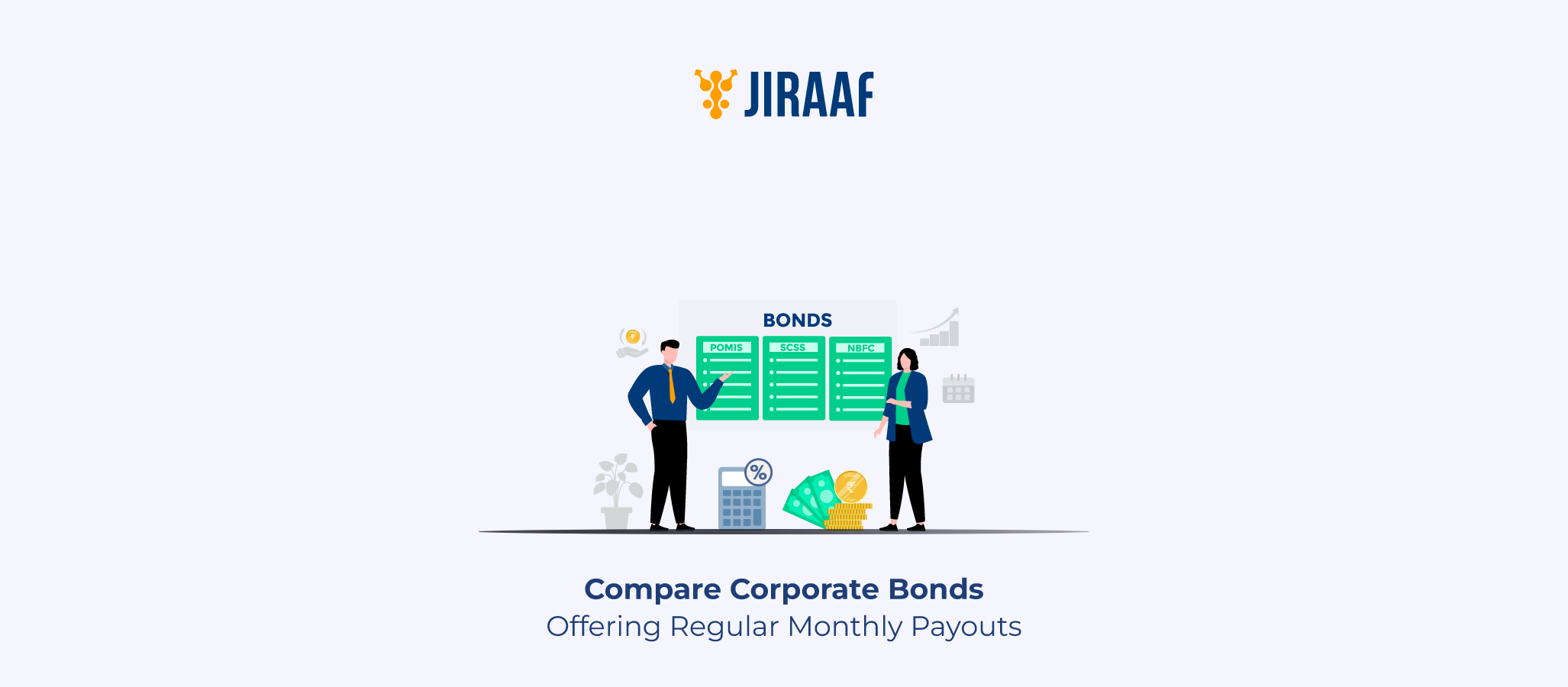Sometimes you just want your money to grow while you have it close at hand; not all investments are meant to be parked in a safe place for years. You might need money for a down payment, a scheduled purchase like a trip, or just the assurance that your funds are doing their job for you. Short-term investments are useful in this situation since they provide protection and rewards without demanding a long period of time. Locking money into instruments designed for decades might create needless obstacles, and life doesn’t always go at the speed of long-term objectives.
Short-term investments in India provide a way to strike the right balance, helping your money deliver results within six months to a year while keeping liquidity intact.
Why Short-Term Investments are Important
Short-term investments are designed for a brief horizon, usually ranging from a few days to a year. Often, these funds are not part of a long-term plan but rather idle money that you don’t want sitting still. The corpus may not be large enough to commit to for decades, or you may simply prefer the flexibility of having cash available when needed.
This is where short-term investments play a crucial role—they allow you to put your money to work without losing access to it. The real challenge, however, lies in choosing the right avenues that offer both safety and reasonable returns within this limited timeframe. To make that easier, let’s look at some of the best short-term investment options available in India.
Best Short-Term Investment Options
Safety and accessibility are frequently more important than aiming for maximum profits when you wish to park money for a few months. Let’s examine a few of the best short-term investing possibilities available in India.
High-yield Savings Accounts
For absolute liquidity and zero lock-in, high-yield savings accounts are the easiest starting point. They allow you to withdraw anytime, while still offering slightly better interest rates than a regular savings account. This option works best if you want flexibility without worrying about penalties.
Recurring and Fixed Deposits
If you can set aside money for a fixed duration, recurring and fixed deposits are the next step. They offer stable returns and carry minimal risk. While FDs let you park a lump sum, RDs help you build a corpus gradually. For tenures as short as six months to one year, they strike a balance between security and returns.
Certificates of Deposit (CDs) and Commercial Papers (CPs)
Beyond bank deposits, companies and financial institutions issue short-term instruments like CDs and CPs. CDs are time deposits issued by banks and financial institutions, and are considered safer, while CPs are unsecured promissory notes issued by corporations, usually with slightly higher returns to compensate for the added risk. Both are popular money market tools for investors looking at maturities from a few months up to a year.
Treasury Bills (T-Bills)
Issued by the Government of India, T-Bills are among the safest short-term investments. With maturities like 91 days, 182 days, and 364 days, they preserve capital while giving predictable returns. They may offer slightly lower yields compared to CPs or corporate bonds, but the sovereign backing ensures unmatched security.
Liquid Funds
If you find money market instruments like CDs, CPs, and T-Bills confusing to manage individually, liquid mutual funds are a simpler route. They pool investments across these instruments, balancing risk and return while allowing redemption in as little as 1 business day. This flexibility makes them a popular choice for investors who want both safety and quick access.
Corporate Bonds
For those open to adding a little more risk, short-term corporate bonds provide higher yields than most bank-backed instruments. These can be structured for six months to a year. Jiraaf curates these opportunities, offering retail investors access to fixed-income opportunities that were once available only to institutions.
Choosing between these options depends not just on returns but also on your goals, liquidity needs, and comfort with risk. That’s why, before deciding, it’s essential to understand the key factors that should guide your short-term investment strategy.
Factors to Consider Before Choosing Short-Term Investments
Even though the options above sound promising, not every investment is the right match for everyone. Here are a few things worth keeping in mind before you decide where to park your money:
- Goals and time horizon: Start with clarity. Are you investing just to park funds for six months, or do you have a specific purpose like an upcoming expense? Your “why” sets the direction.
- Liquidity: Some investments let you withdraw money almost instantly, while others tie you down for a fixed period. If you expect to need quick access, liquidity should be your top filter.
- Risk vs. returns: Safer bets like T-Bills and savings accounts protect your capital but give modest growth. Corporate bonds or commercial papers can offer better yields, but the risk is higher. Finding the right balance is crucial.
- Tax impact: What looks like a great return on paper can shrink once taxes come into play. Always factor in how the gains will be taxed before committing.
- Diversification: Don’t rely on a single option. A mix of low-risk and moderate-yield instruments can help you enjoy both safety and steady returns.
By weighing these factors, your money won’t just sit idle—it will work for you in the short term while staying aligned with your needs. In the next section, we’ll look at some smart ways to squeeze more value out of these investments.
Tips to Maximize Returns on Short-Term Investments
Short-term investments may not promise massive growth, but with the right approach, you can still make the most of them. A few small tweaks can go a long way in improving your returns:
- Compare rates before investing: Even a small difference in interest rates between banks or funds can add up in six months.
- Stagger your deposits: Split money across different maturities so you get flexibility and better cash flow.
- Reinvest wisely: When an FD or T-bill matures, roll it into another option instead of letting it sit idle.
- Balance risk and safety: Park most funds in safe options but allocate a small portion to slightly higher-yield choices.
- Keep an eye on liquidity: Don’t overlock funds—you never know when cash might be needed.
- Use trusted platforms: Whether it’s for bonds, RDs, or liquid funds, choose regulated and reliable institutions.
- Factor in taxes: Pick instruments that leave you with the highest post-tax return, not just the highest headline rate.
With these simple strategies, you don’t just protect your money, you let it grow smartly, even in the short term.
Conclusion
The goal of short-term investments is to make your money work effectively without investing it for years at a time. You may protect your cash, generate consistent returns, and be prepared for any financial emergency by selecting the appropriate combination of alternatives, including short-term bonds, CPs, liquid funds, recurring deposits, and fixed deposits.
The key is to make judgments that are in line with your goals, time horizon, liquidity needs, and risk tolerance. Stunting deposits or reinvesting matured funds are two examples of seemingly trivial decisions that can have a big effect. It is possible to make short-term investments a reliable strategy to grow your money without compromising your freedom if you plan and execute them methodically.
